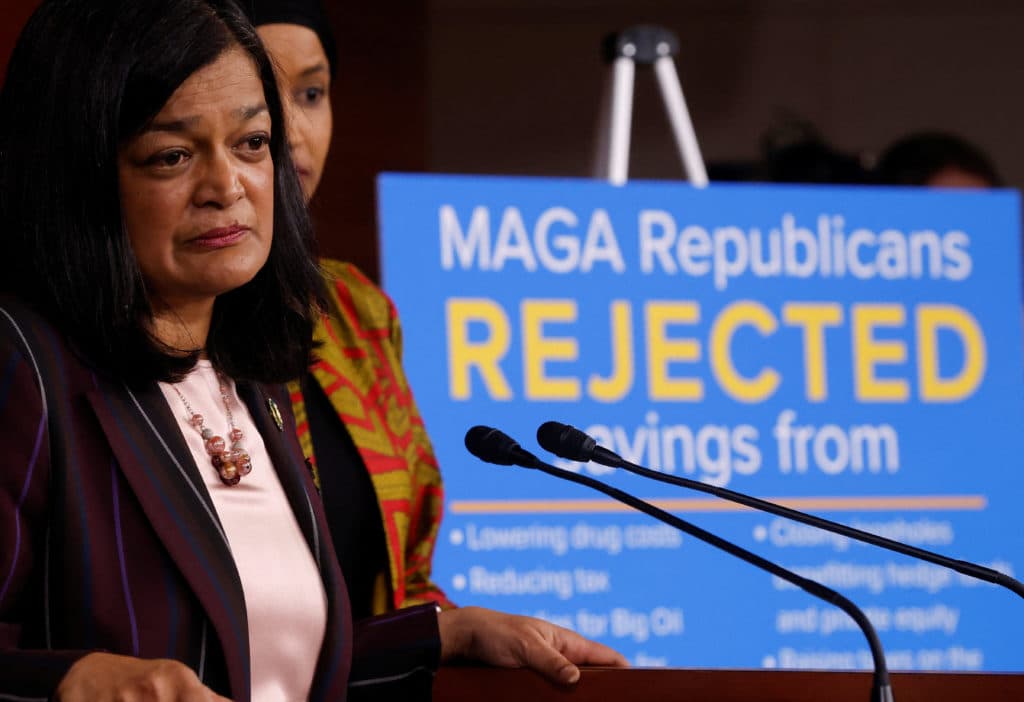US Faces Trillions in Debt Amidst Debates Over Billions in Food Aid Cuts

A recent social media post has drawn sharp attention to the United States' fiscal priorities, questioning the government's capacity to manage rising national debt while simultaneously proposing cuts to food assistance programs. The tweet, from user Lisan al Gaib, critically stated, "> they can afford trillions in new debt but not 10B for food." This sentiment reflects a growing public debate as federal debt continues to climb and discussions around social safety net funding intensify.
The Congressional Budget Office (CBO) projected a federal budget deficit of $1.9 trillion for fiscal year 2025, with federal debt held by the public expected to reach 100% of the Gross Domestic Product (GDP) within the same year. Pew Research Center reported that the national debt approached $37 trillion as of August 2025, with projections indicating it could exceed $52 trillion by the end of fiscal 2035. This substantial increase in national debt underscores the fiscal challenges facing the nation.
Amidst these rising debt figures, significant legislative proposals have targeted social safety net programs. Reports from WISN and WCAX, citing Associated Press, indicated that legislation passed by the House of Representatives is projected to cut approximately $295 billion from the Supplemental Nutrition Assistance Program (SNAP) over the next decade. These proposed reductions are part of broader efforts to trim federal spending, with some lawmakers advocating for such cuts to offset tax reductions or facilitate debt ceiling increases.
The CBO's January 2025 outlook also highlighted dynamic changes in SNAP projections, noting a $30 billion decrease in projected outlays for the 2025–2034 period due to economic changes, alongside a $52 billion increase for technical reasons over the same period. These figures illustrate the fluctuating nature of budget forecasts but confirm ongoing discussions about billions in SNAP funding. The NPR reported that a "megabill" contributing trillions to the debt also included reductions in spending on food stamps.
The debate over these fiscal choices carries significant implications for both the economy and vulnerable populations. Political discourse often pits large-scale government spending, such as tax cuts or infrastructure projects, against funding for essential social programs. As the national debt continues its upward trajectory, the allocation of federal resources, particularly concerning food security, remains a contentious and closely watched issue.